I was inspired by the map quilts on carpaleaks, but instead I would
Embroider a map. I wanted to put my focus on the struggles they’ve been going on in the Middle East: Israel vs Palestine. My map is of Jerusalem.
Art 156: Rhythm
Art 156: Balance
Art 156: Emphasis
Art 156: Proportion
Art 156: Unity
Art 156: New Directions Exhibit
Delicately placed in the middle of the hustle and bustle that is Wilshire Boulevard, sits The Craft and Folk Art Museum. If you didn’t know better, you might have assumed that the charming little building was taken from a story book and placed unknowingly amongst the urban setting. Yellow, black and white are splashed across the front of the building in a variety of patterns, just like the interwoven patterns of the textiles that could be found inside at the New Directions exhibit.
Being a valuable player in the museum world, The Craft and Folk Art Museum has deeply contributed to Los Angeles’s culture since 1973. CAFAM is a place where friends and family can come together to spark imagination and innovation, and create an appreciation for the artisans and designers who feature their handcrafted pieces. On display till January 4, the New Directions: A Juried Exhibition of Contemporary Textiles was set up and organized by the Textile Society of America. The exhibit shows technical and structural innovation in textile art through veteran and up and coming artists around the world.
When first entering the CAFAM, you’re greeted with a huge origami installation that can be seen through the front window of the building. The soft acoustic guitar and lullabies being sung in foreign tongues send you on a transcendent journey as you begin the New Directions exhibit. On the first floor, you’re welcomed by Peggy Osterkamp’s “Four Veils,” which is reminiscent of four translucent tubular, ribbon-like jellyfish floating midair. She used cream colored hand woven silk to create these 3-dimensional objects.
The intricately woven tapestry “Borderlands” by the Brooklynite Whitney Artell makes you feel as though you’re a young foreign teen looking through the metal chain link fence that holds you back from the beauty of American freedom that’s seen in the glowing speckled terrain on the other side. The artist used Jacquard woven fabric, wool, mohair and synthetic yarns. Artell wanted to create a sense of terror and wonder at the same time. We wonder where we are on this side of the fence and what is looking back at us from the other side.
Other favorites were…
“Bystander” by June Lee
(Actually a very deep story behind it)
“Intensity-su Data” by Lia Cook
“Dead Hare” by Jenne Gilles
This next picture I didn’t get the name of, but it semi-inspired me for my final project with embroidery…
Art 156: Final Project Proposal
I was interested in learning more about the map quilts that were featured on Carpaleaks.org. But instead of a quilt, I think I want to embroider a map. My intentions with the maps would be themed after the tension between Israel and Palestine. I am going to embroider maps of Jerusalem and Gaza, and then I would frame them.
Art 156: Reading #3
Article in focus: Wearing Proverbs by Susan Domowitz
For the Anyi people, wearing Proverbs in their clothing is a form of public speaking. The cloth comes in vibrant, colorful designs. Men wear them as a toga or shirt, but women are the primary consumers of it. The pictures, symbols and patterns are associated with terms, feelings, meanings, they may honor a political movement or person or special event. Sometimes ther patterned cloth can have negative connotations, talking about jealousy within a polygomous marriage, co-wife rivalry, etc. Men are also able to disypher the hidden messages, whether it’s a warning from a wife or girlfriend.
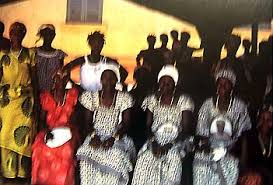 Mourners wearing the factory-produced commemorative cloth of a chief
Mourners wearing the factory-produced commemorative cloth of a chief
“Darling, Don’t Turn Your Back on Me” design.
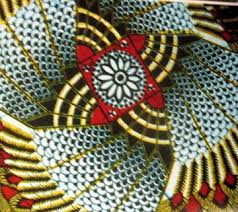 “Condolences to my husband’s Mistriss” A wife wearing this is sending a sarcastic message.
“Condolences to my husband’s Mistriss” A wife wearing this is sending a sarcastic message.
Art 156: Reading Response #2
Article of focus: The Inventive Art of Japanese Shaped Resist Dying
- Stitching
- The Japanese tend to use stitching as a form of resist dying more than other cultures. You can have more flexibility and control with the designs.
- Creating patterns with stitching as a form of resist dying was prominent during the 14th century, during the Kamakura period.
- After the stitching is finished, the cloth is pulled tight where the stitches are and secured by knotting. Then the cloth is dyed, most likely in indigo. The fabric within the stiches and gathers is protected from the dye.
- The main stitch used in Shibori is a running stitch, the only other stitch used in Shibori would be a type of overstitch to create a pattern.

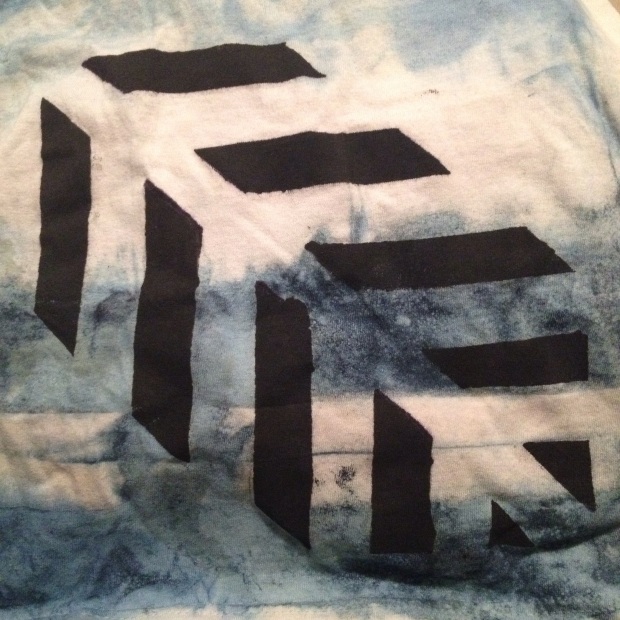
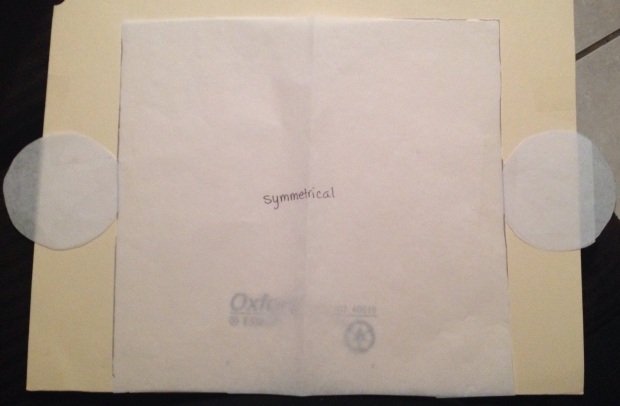
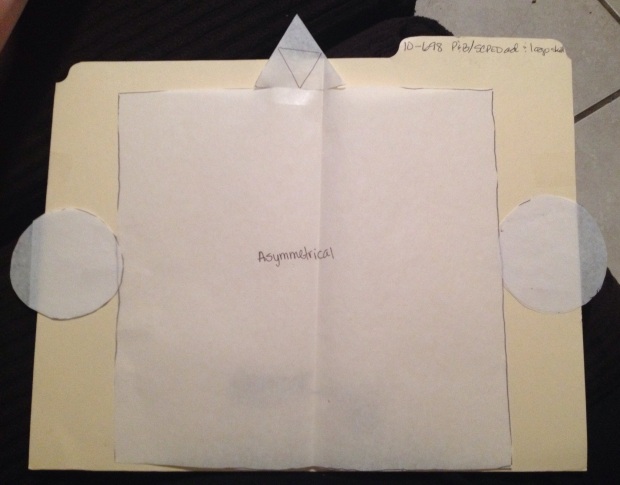

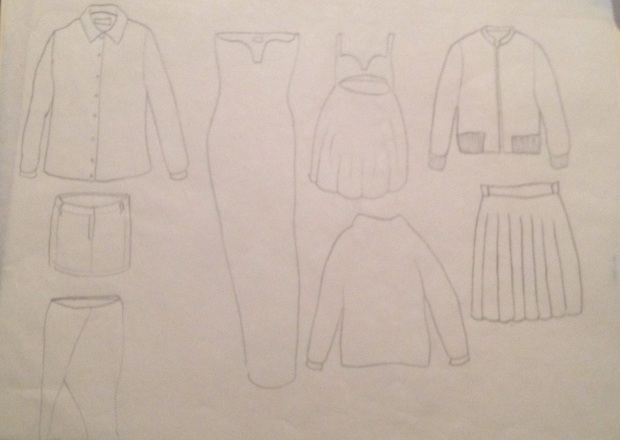
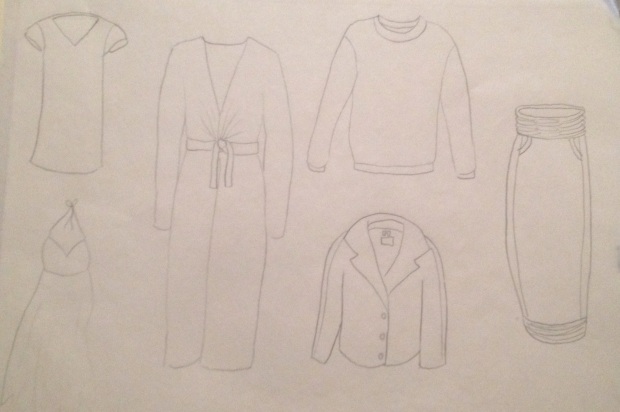
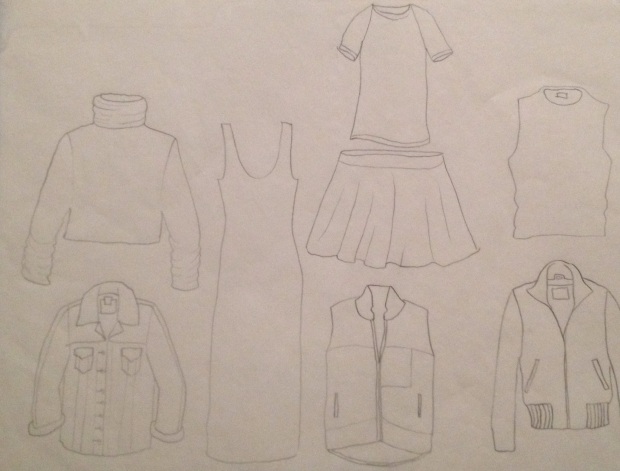
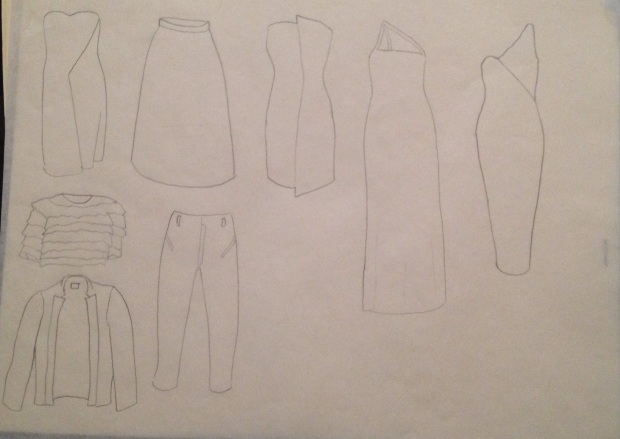
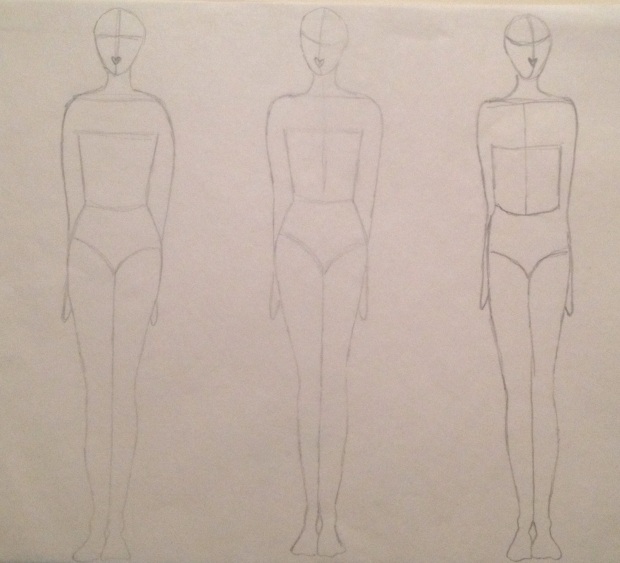
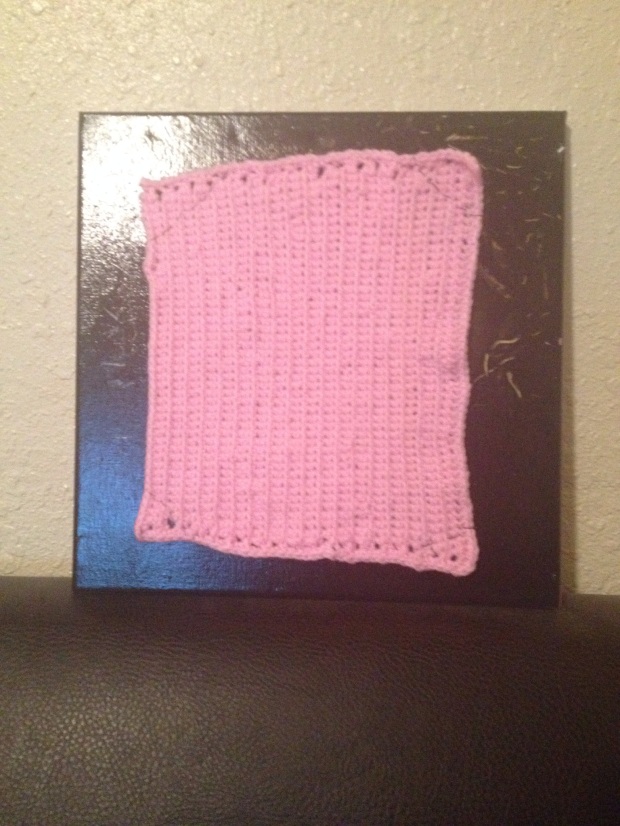
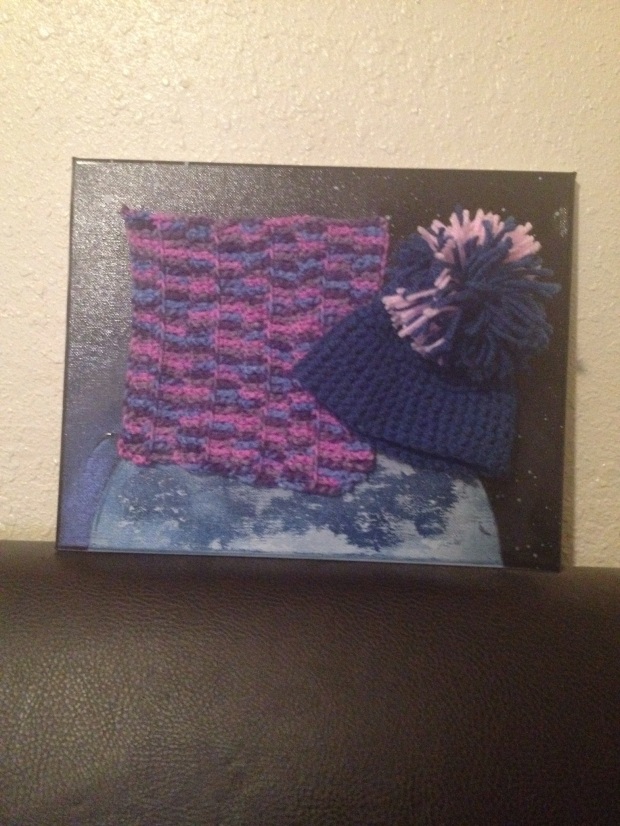
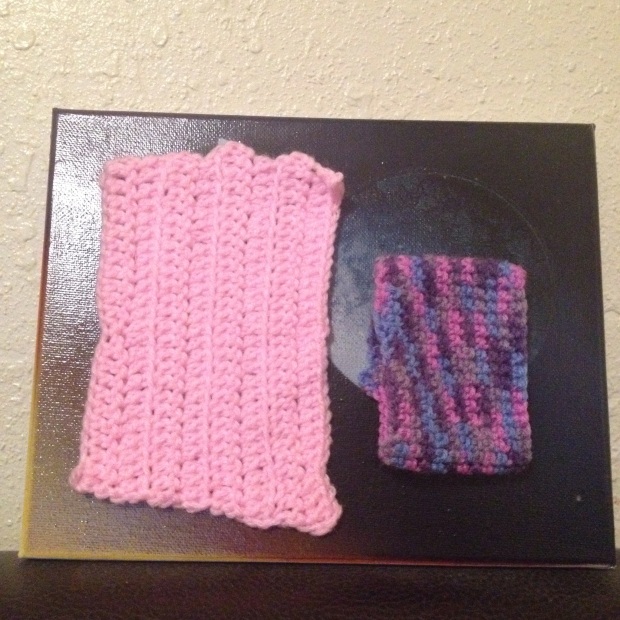
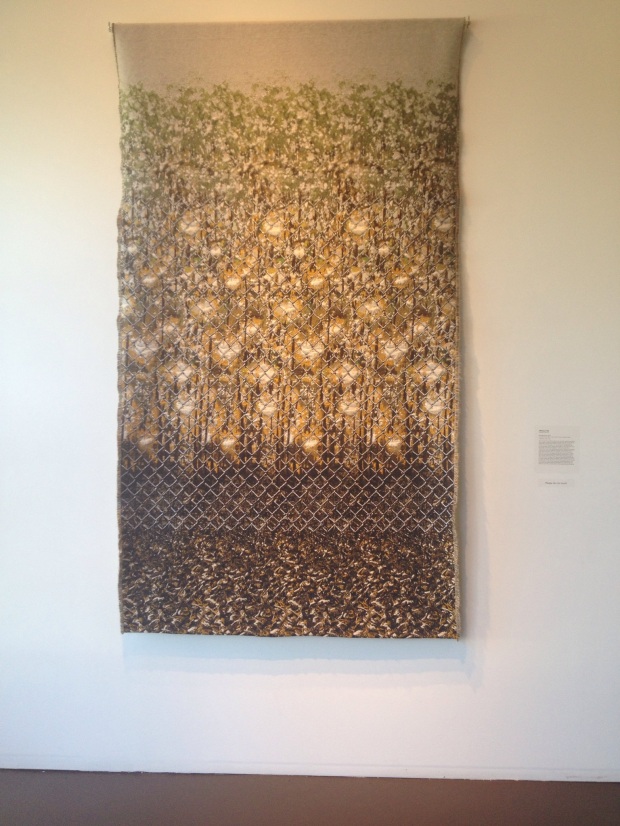
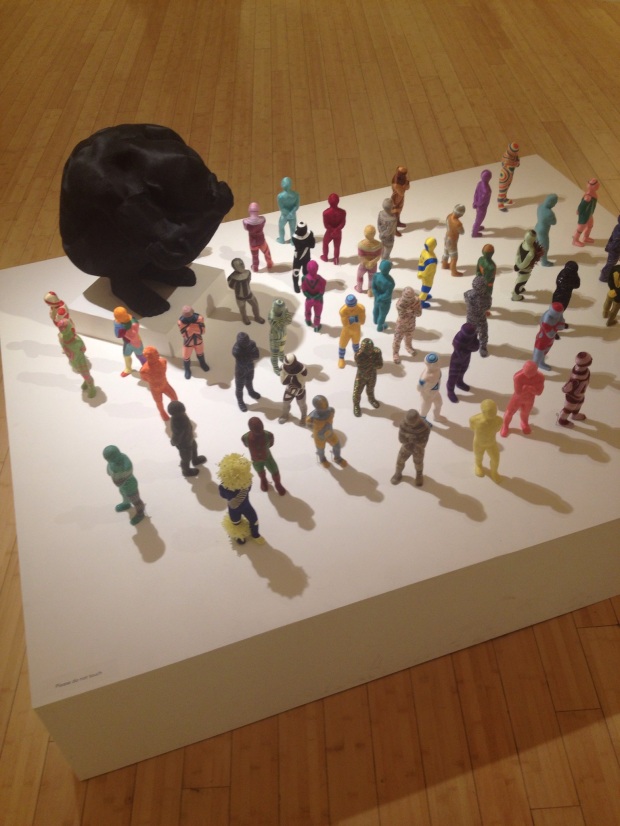
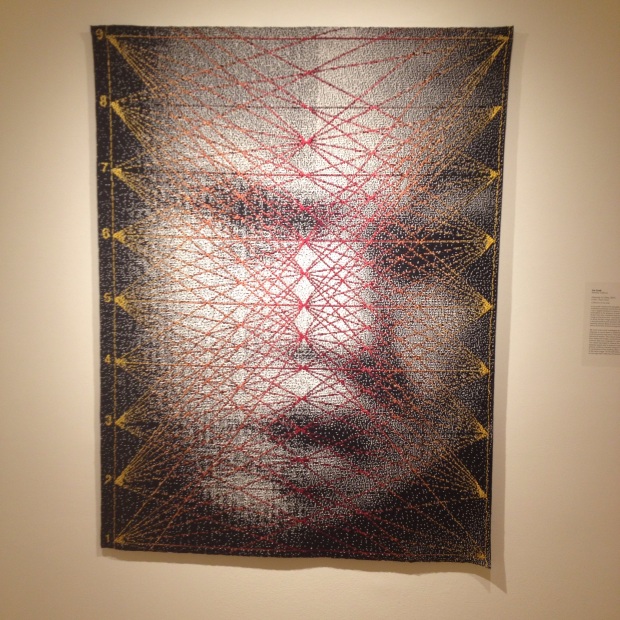
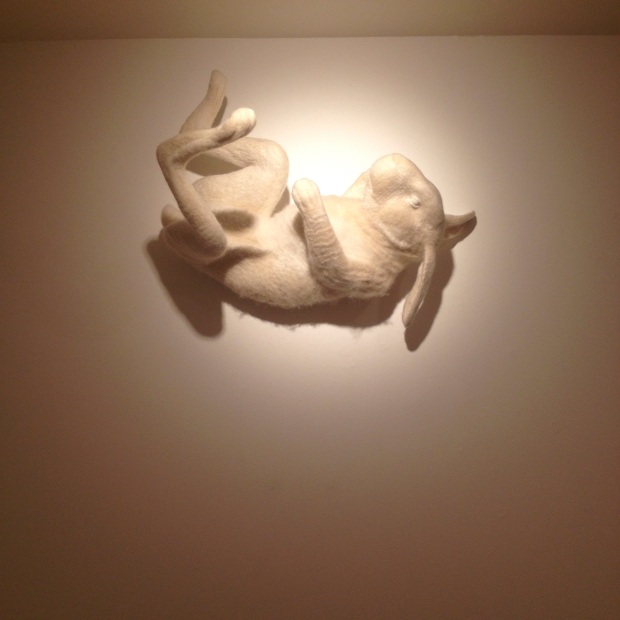
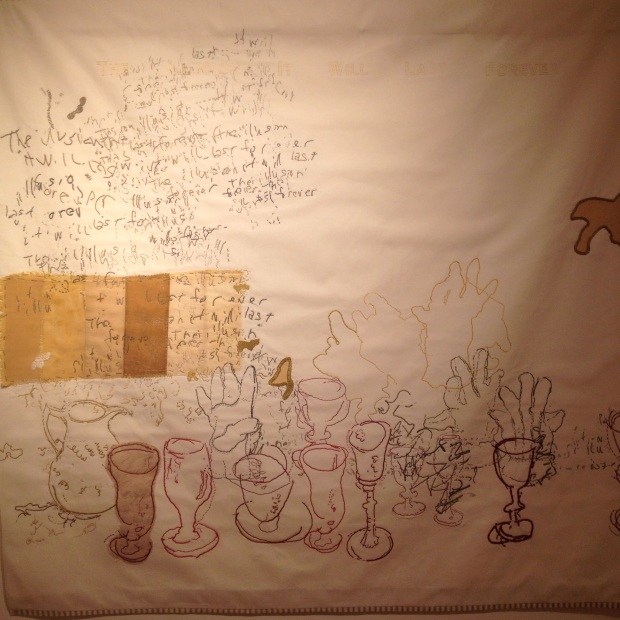
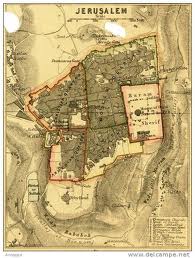

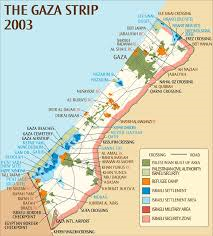
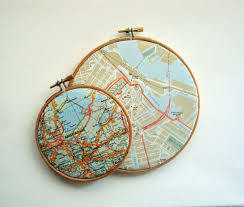
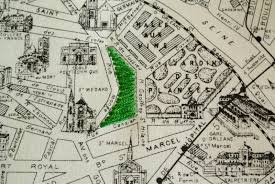
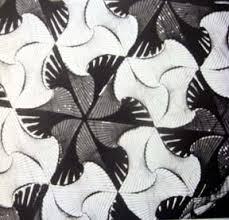
![Shibori-stitch-straight[1]](https://laurenlooksforacareer.files.wordpress.com/2014/10/shibori-stitch-straight1.jpg?w=300&h=238)